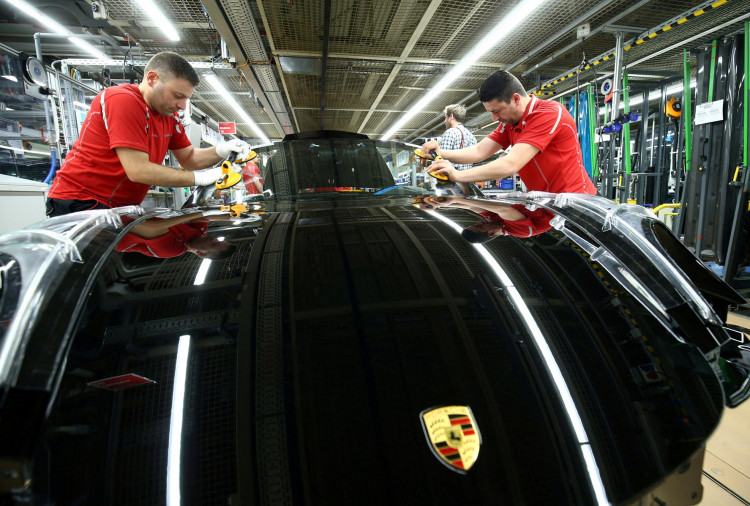German factory output bounced back from the ill effects of the pandemic-triggered lockdown courtesy of robust export demand from China. Although manufacturing figures were not as impressive compared to the previous year, Germany's manufacturing stabilized for the second month in June.
June saw the region's industrial numbers climb almost 9 percent, with a nearly 15 percent bump in exports adding to the rally for the biggest economy of Europe. Figures from Germany's car industry were likewise impressive with a 54.7 percent increase compared to May. Volumes were down 20 percent in February, just before the coronavirus pandemic broke out.
Neighboring countries Spain and France are also seeing an increase in manufacturing numbers, an indication that Europe could be well on its way to recovery quicker than previously thought as the ongoing global crisis continues to batter economies around the world.
According to Morgan Stanley economists Markus Guetschow, Joao Almeida, Jacob Nell, in a written note, the industrial sector has a long road ahead of it in terms of recovery and that further growth must be expected. Risks, they said, can lean towards stagnation if coronavirus cases continue to soar and spark further cautious reaction from consumers.
Carsten Brzeski, head economist of ING bank, pointed out that after lockdown restrictions were lifted in April, Germany's private consumption soared while factory activity kept its steady pace to normalize. In a research note, Brzeski said that the figures that economists are seeing today imply that it won't be long for the German industry to keep pace with the economy.
The lifting of lockdowns and growing overall optimism among investors and consumers also meant German industries were able to provide jobs back to furloughed employees, the PMI showed.
The overall sense of optimism was underscored in a recent poll: Companies are looking at growing their business in the next three months. However, export recovery seemed to obscure notable contrasts among nations in varying spectrums of the pandemic.
The first nation to be battered by the coronavirus and yet unfazed, China purchased 15.4 percent more from the leading exporters in Europe than in June last year. In comparison, demand from the U.S. dropped 20.7 percent as the country continues to be ravaged by the virus.
Meanwhile, economic sluggishness in Germany likely fell to its deepest in April, data by the Bundesbank showed. The country's manufacturing demand hit around 90 percent of the rates registered at the end of 2019, a separate data on Thursday disclosed.






